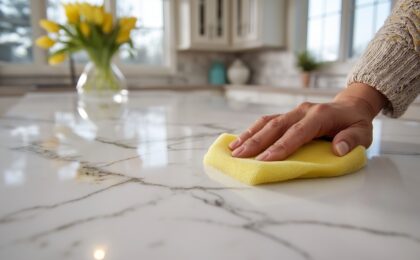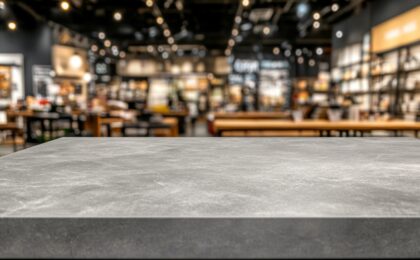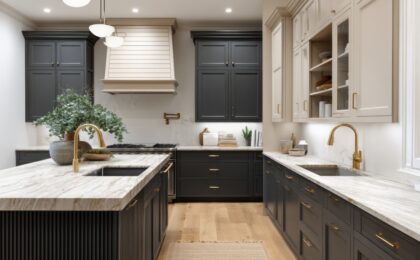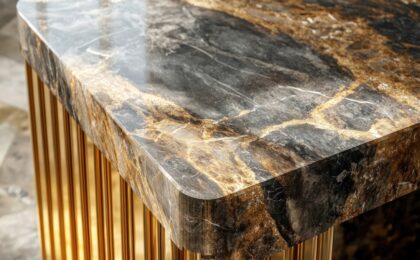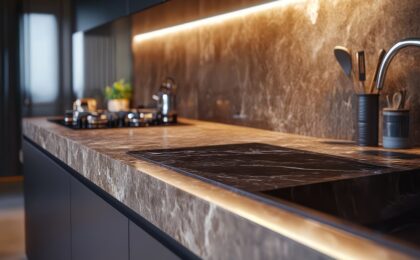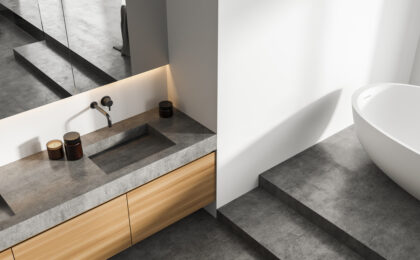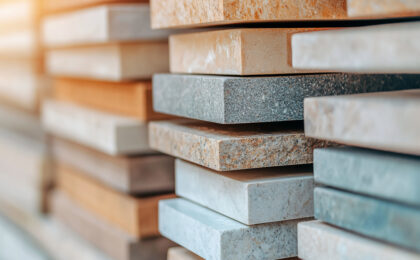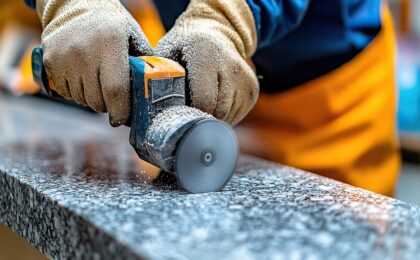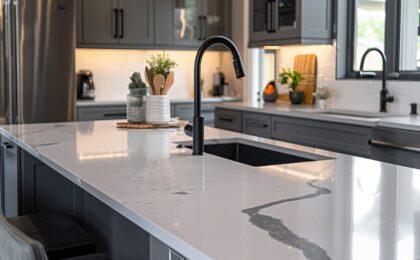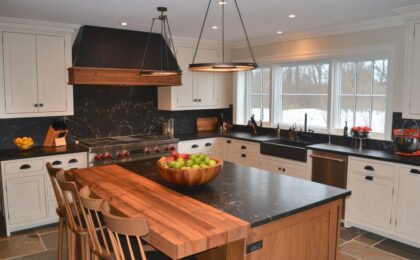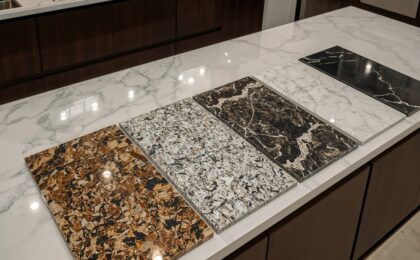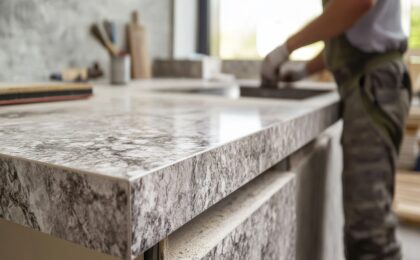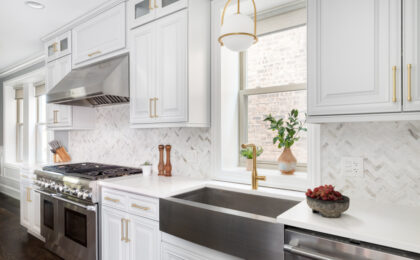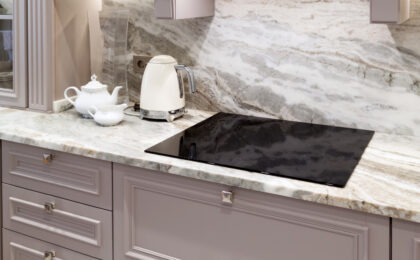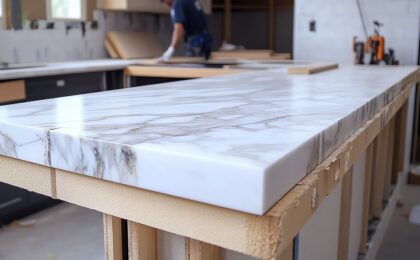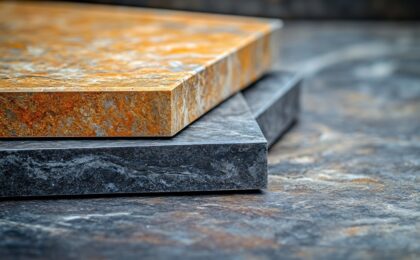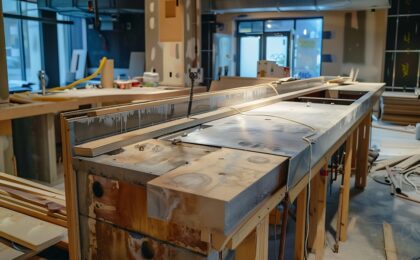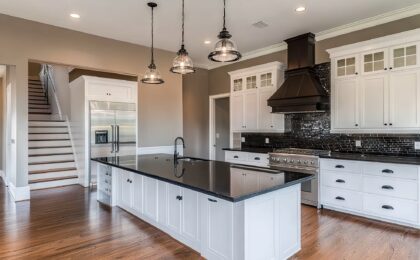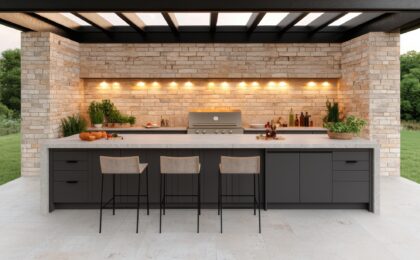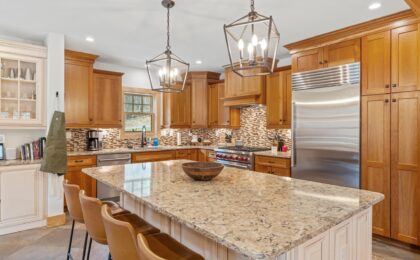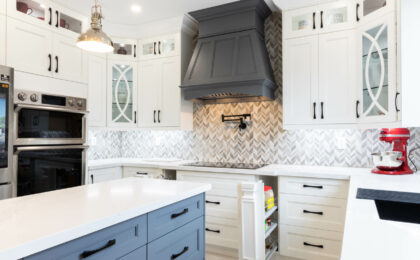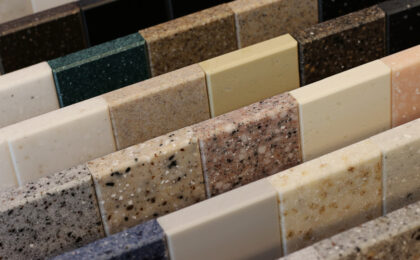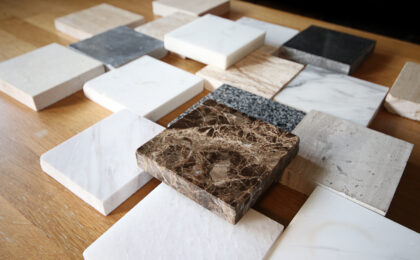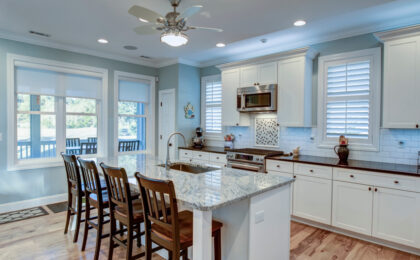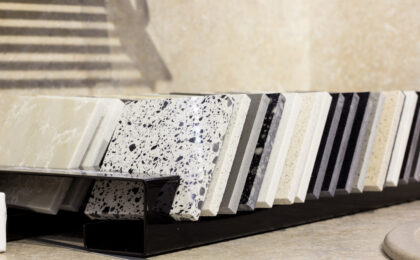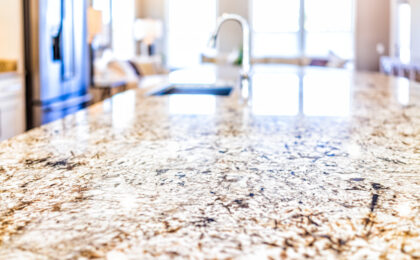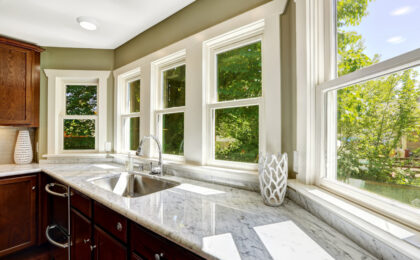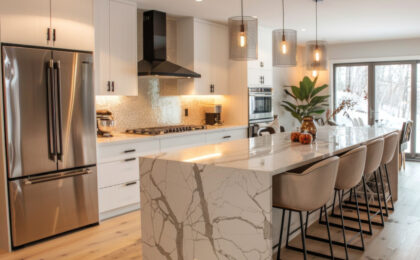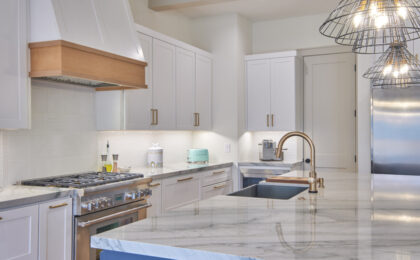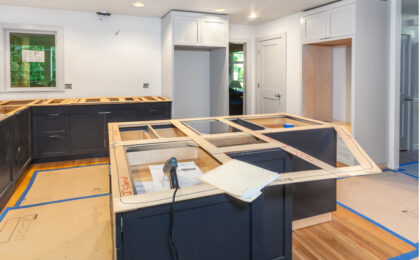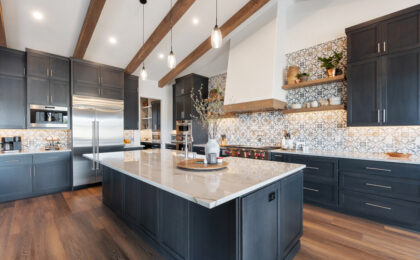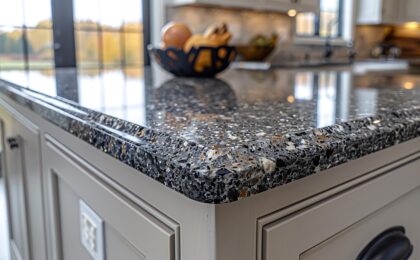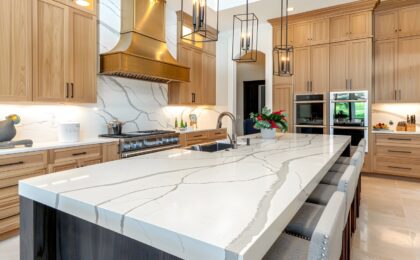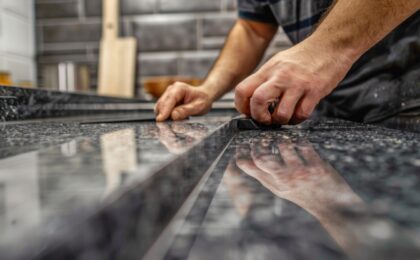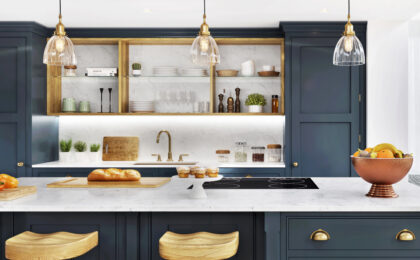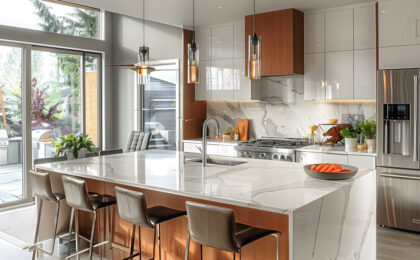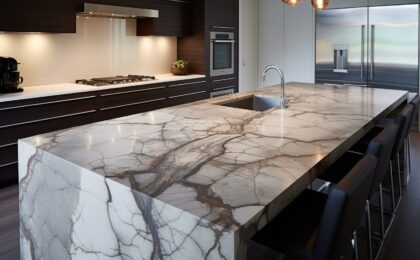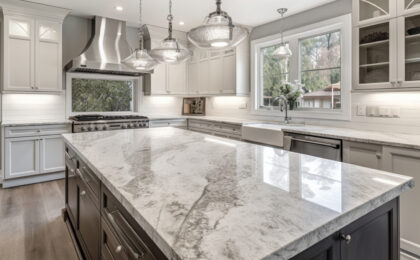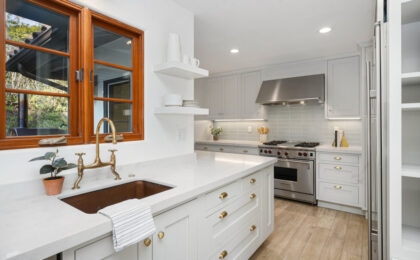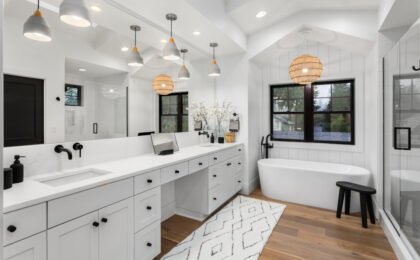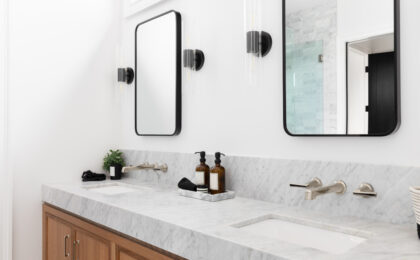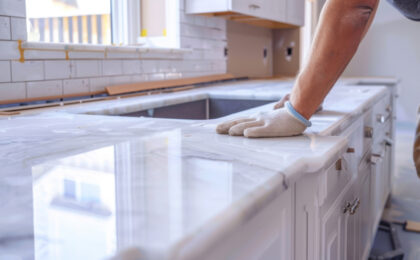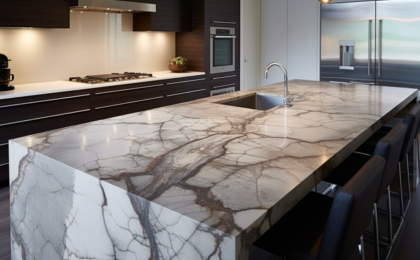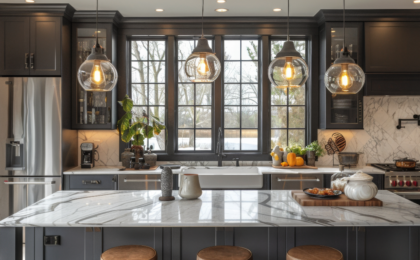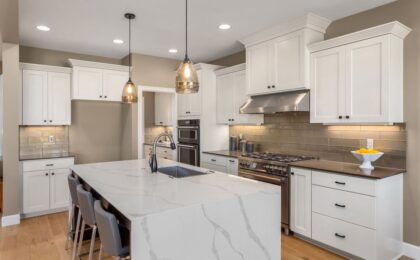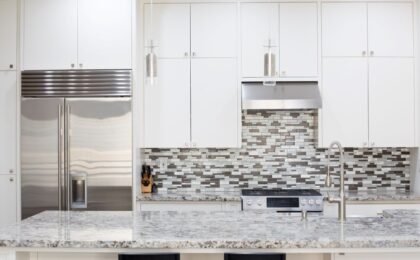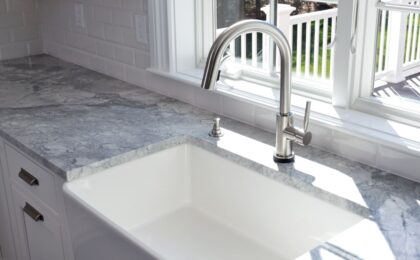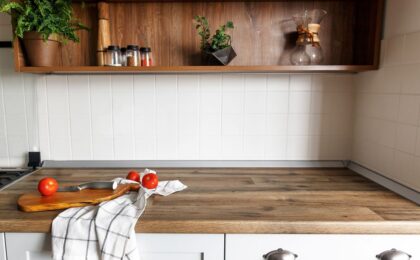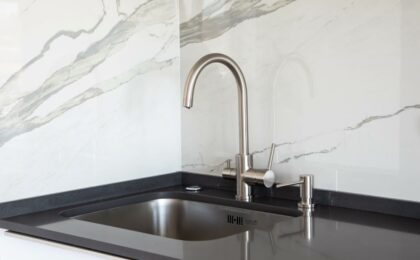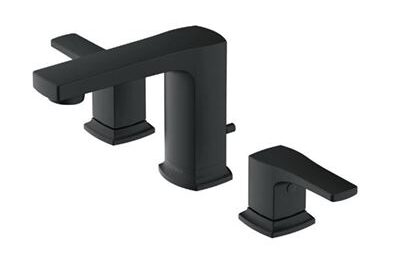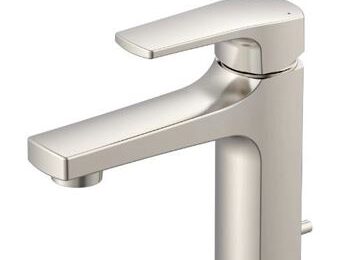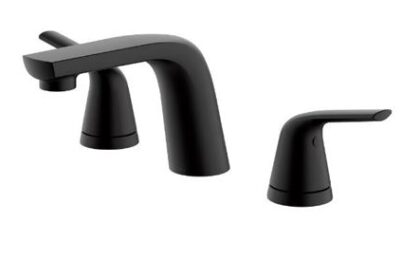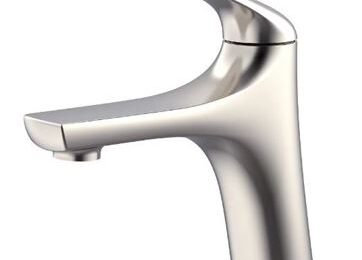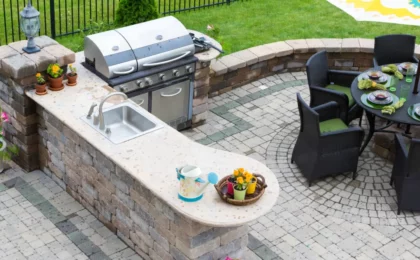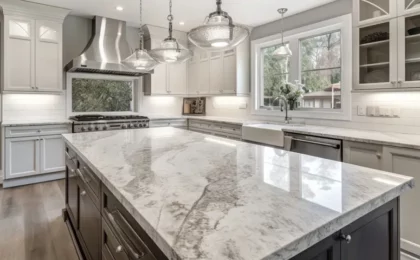One of the benefits of working with Bedrock Quartz is the fact that we install everything we sell. Moreover, we encourage our customers to choose professional installation over DIY. Materials like marble and granite are extremely heavy. The combination of weight and size makes installation challenging – even for experienced installers.
DIY installation isn’t recommended. If you are thinking you want to give it a try, would you give us the opportunity to explain the difficulties posed by natural stone’s weight and size?
Installation Logistics
Stone’s excessive weight has implications for the structural support of the cabinets underneath. But before we get to that, let us talk about installation logistics. Installing marble or granite countertops is considerably more difficult than installing laminates.
The challenges begin with transport. Getting stone countertops to the job site requires a combination of delicacy and brute strength. Once on-site, stone slabs need to be taken off the truck and placed somewhere. Slabs are usually placed outdoors so that cuts can be made without filling the house with dust.
Once initial cuts are made, the heavy slabs need to be lifted, carried into the house, and put in place. This is definitely a multi-person job. It is a job that requires specialized tools. Experience is a big plus because lifting and moving heavy stones can lead to injury. And if stone countertops are not moved properly, they can crack.
It’s All About Support
Preventing cracks is all about providing proper support across an entire slab. That is why it takes several people to safely move a slab. It is about more than just the wait. Crew members need to properly support the slab as they walk up steps and move through doors and hallways so that they don’t crack the material.
If everything goes well and a countertop lines up perfectly with first placement, that’s it. The hard work is done. But if the countertop needs to be removed for further refinement, the installation crew is back to square one in terms of dealing with weight and support.
Structural Requirements
Assuming you have an entire crew capable of helping you install your countertops, there are still structural requirements to consider. For starters, cabinets must be structurally sound. They must be capable of supporting the weight and properly leveled to prevent cracks. Remember that a slab can weigh over six hundred pounds.
If the installation includes overhangs, additional support will be needed. Installers will look to things like corbels or brackets for that support. Failing to properly support an overhang increases the chances of cracking, especially if an overhang extends more than eight inches beyond the cabinet underneath.
Last but not least is shoring up any large spans between seams and joints. Large spans mean more surface area left unsupported. Installers need to add extra support between the spans to relieve stress on seams and joints. Otherwise, a stone countertop could fail.
The Advantage of Experience
One of the reasons we are committed to installing what we sell is the fact that we know how important experience is. Stone is a material unlike any other. Having installed your own laminate countertops is great. The experience could serve you well on other DIY projects. But experience with laminates is not going to help much with stone countertops.
If you are planning to invest in granite, marble, or quartzite countertops, we strongly urge you to take advantage of professional installation. It comes with the package at Bedrock Quartz, so there’s really no reason to not let us do the work for you. We will both be happier that way.

